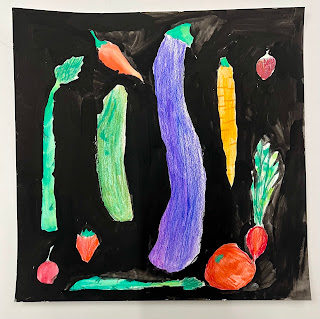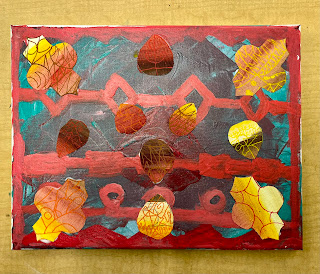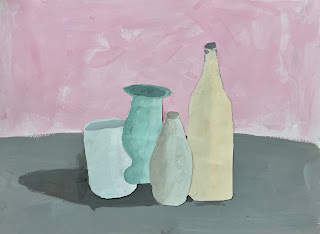Roughly a year ago I began teaching virtual classes on the zoom platform. I am still offering virtual classes for two different age groups. I’m truly amazed at how well students adapted to this new way of experiencing their art class. Here is a sampling of work made during this past year.
Inspired by a project from Kid Made Modern
Inspired by artist Gustav Klimt
Inspired by a project from Painted Paper Art.
Inspired by artist Mary Blair
Inspired by artist Yoli Manzo
Inspired by artist Yayoi Kusama
Inspired by artist Alma Woodsey Thomas
Inspired by artist Marcus Oakley
Inspired by artist Victor Brauner
Inspired by Pablo Picasso
Inspired by artist Jim Dine
Inspired by artist Yoli Manzo
Inspired by artist Paul Klee
Inspired by artist Miroco Machiko
Inspired by artist Yoli Manzo
Inspired by artist Paul Klee

























































